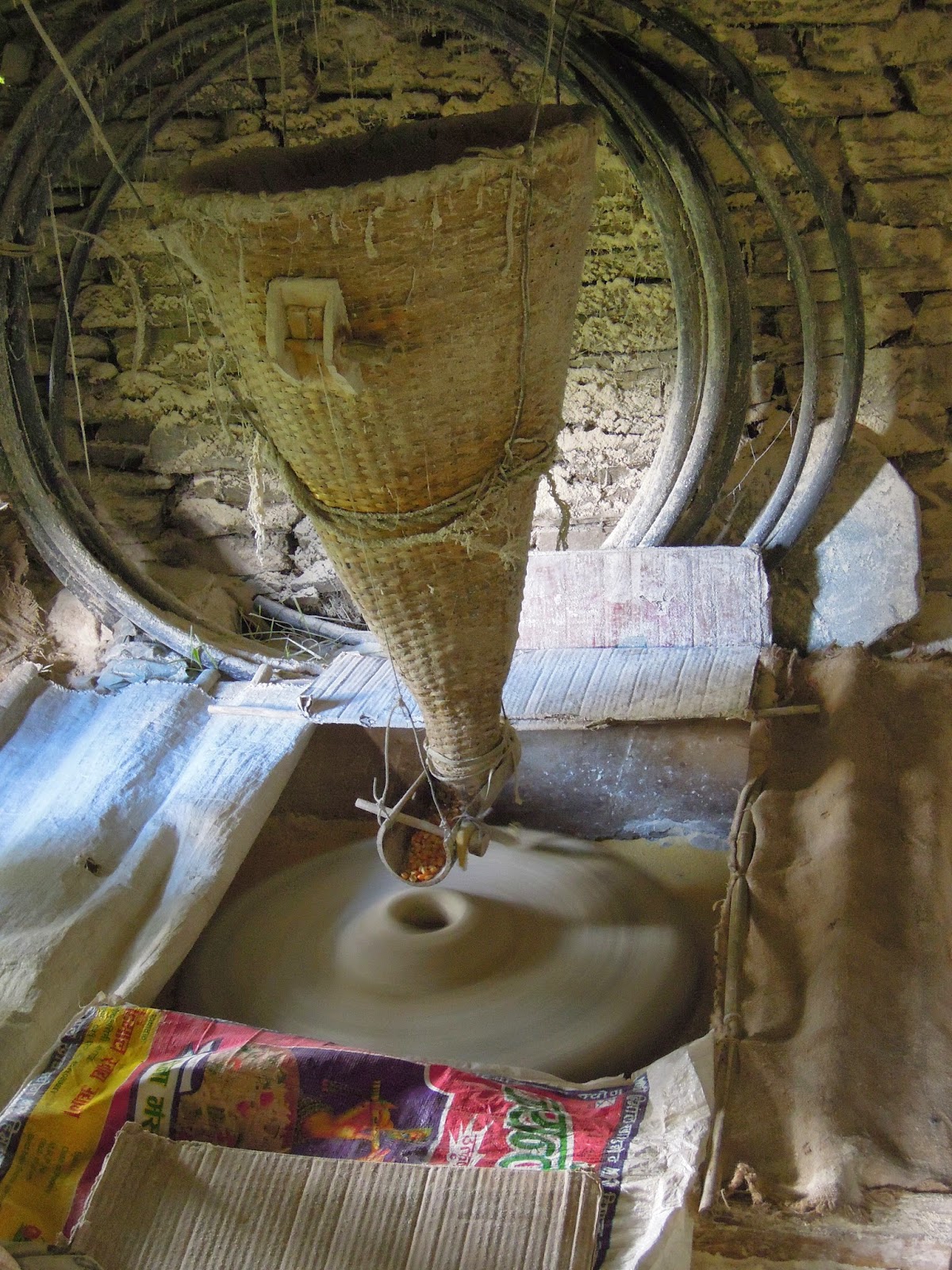Still processing everything I experienced and learned throughout my stay in Nepal and simultaneously, realizing how time flies!
First of all, I would like to thank all the fantastic people I had the chance to cross path and exchange with while in Nepal. I always felt safe even when travelling alone and always found help when in need. Directly related to the project, I need to outline the resourcefulness and good spirit of our Project Coordinator, Raj.
 |
| Our Project Coordinator, Raj |
Raj seems to be involved with pretty much every single aspect of Ghandruk. It is obvious that he cares about not only the volunteers working on the conservation project but also about Ghandruk and its communities in general. Likewise, Raj's parents and our cook where absolutely great. Thanks to our cook, I was able to learn the Nepali valuable essentials allowing me to order food and buy the basic things I needed.
 |
| Raj's mother |
 |
| Raj's father |
Always laughing and working hard at both their tasks and insuring that all was good with us. I don't recall seeing people perpetually such in a good mood and simultaneously working so hard than our hosts. Other people I meet in and around Ghandruk were as nice and I learned a lot from taking the time to talk with them.
Last but not least, the Guesthouse location could not have been better!
 |
| View from the Guesthouse porch |
In terms of the project in itself and ProjectsAbroad, sadly, I don't believe I actually did much for the conservation of the environment and the communities. This is a really sad and difficult realization of mine. There is definitively a lack of material resources on site and the volunteers, who pay a high price for their involvement in the project, could certainty be used more efficiently. If the hidden objective of ProjectsAbroad is to attract the greater number of participants in order to collect a great amount of money to be reinvested in the ACAP or directly into the Annapurna region, fair enough. Although, they should advertise a unique Nepali experience for everyone, not a conservation project for individual in search of an actual hands on environmental contribution.
I really hope that in the near future ProjectsAbroad will be able to provide volunteers with a better program that insure that their time and money is actually been use efficiently. ProjectsAbroad also need to do a better job at taking into consideration volunteer's limitations and health issues prior to accepting their application (and money).
Before jumping into the project, I clearly outlined my concerns in regards to the local crew's capability in providing me with gluten free food. To which concern the ProjectsAbroad representative's answer was that the local crew was fully aware of the problem and that there was no problem. In short, ProjectsAbroad placements are not suitable for individual suffering from celiac disease.



.JPG)

.JPG)
.JPG)
.JPG)
.JPG)
.JPG)
.JPG)

.JPG)


.JPG)



.JPG)
.JPG)
.JPG)
.JPG)
.JPG)

.JPG)





.JPG)
.JPG)
.JPG)
.JPG)




